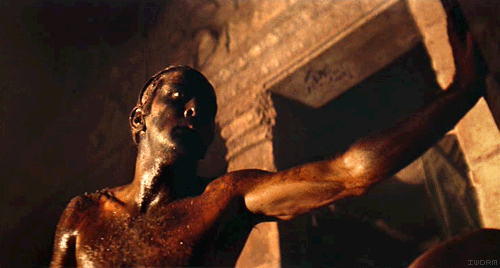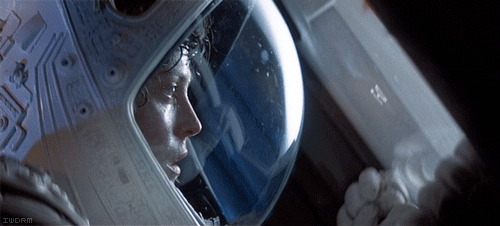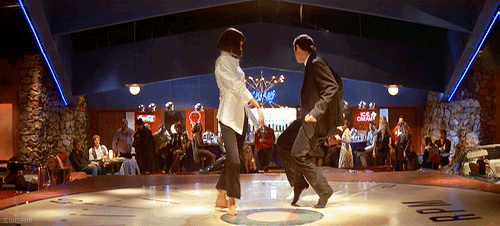Republished by Blog Post Promoter
What if “Star Wars” had been released 75 years earlier — in 1902 instead of 1977?
Anachronisme by LesSingesHurlants
THE SILENT FILM ERA: 1894 -1929
The first projected sequential proto-movie was made byEadweard Muybridge some time between 1877 and 1880. The first narrative film was created by Louis Le Prince in 1888. It was a two-second film of people walking in Oakwood streets garden, entitled Roundhay Garden Scene. The art of motion pictures grew into full maturity in the “silent era“(1894-1929) before silent films were replaced by “talking pictures” in the late 1920s. Many film scholars and buffs argue that the aesthetic quality of cinema decreased for several years until directors, actors, and production staff adapted to the new “talkies”.
The visual quality of silent movies—especially those produced in the 1920s—was often high. However, there is a widely held misconception that these films were primitive and barely watchable by modern standards. This misconception comes as a result of silent films being played back at wrong speed and their deteriorated condition. Many silent films exist only in second- or third-generation copies, often copied from already damaged and neglected film stock.
As motion pictures eventually increased in length, a replacement was needed for the in-house interpreter who would explain parts of the film. Because silent films had no synchronized sound for dialogue, onscreen intertitles were used to narrate story points, present key dialogue and sometimes even comment on the action for the cinema audience. The title writer became a key professional in silent film and was often separate from the scenario writer who created the story. Intertitles (or titles as they were generally called at the time) often became graphic elements themselves, featuring illustrations or abstract decoration that commented on the action.
READ MORE ABOUT THE HISTORY AND TECHNOLOGY OF “SILENT” FILMS ON WIKIPEDIA: http://en.wikipedia.org/wiki/Silent_film





